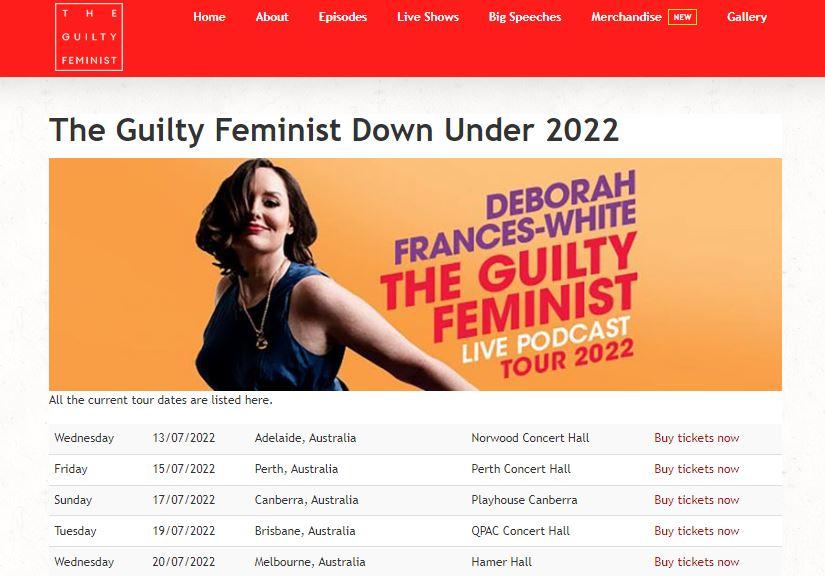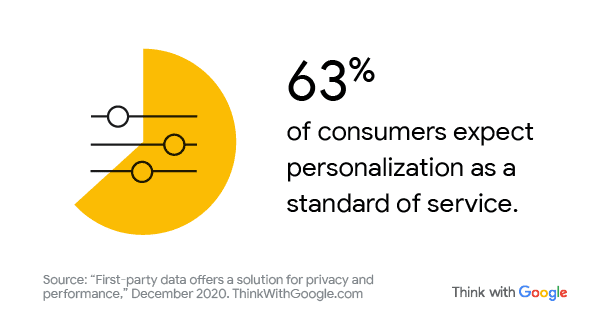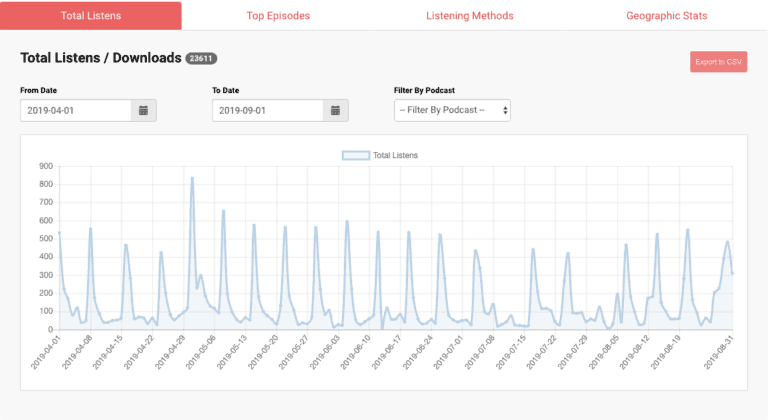A podcast is a great medium to connect with your audience. Today’s podcasters offer shows to listeners of all tastes and preferences.
Although the podcast industry has been around for nearly 20 years, podcasting as we know it has grown massively over the last few years. About 70% of US citizens are currently aware of podcasts. That’s about 197 million Americans.
With the podcast audience happy to focus on audio shows, plus the spread of technologies like smart speakers, podcasting as a career is also becoming popular. That means aspiring podcasters have to be extra smart to stand out. One of the best ways to achieve that is by keeping up with the latest podcast trends.
Here are some of the biggest podcast trends in 2022.
Action
Read to start your own podcast? Learn the nitty-gritty details of starting your own show in our comprehensive guide. Learn how to start a podcast.
1. More Focus on Niching Down
According to Statista, nearly three out of every four consumers in the US listen to podcasts because they like to learn new things. It’s no wonder then that niching down is a podcast trend. After all, the more podcasts you have, the more chances you have of reaching a wider audience.
Finding the right podcast niche can help you offer something unique and valuable to your listeners. Once you build your audience, your fans will become your allies. Loyal fans can help you grow and become an expert in your niche. With the fierce competition in podcasting, it has become essential to niche down. That may even mean launching a second podcast.
One way to narrow your focus is to think about who your podcast is for. For example, a podcast about freelance writing can be specifically for beginners or experts. A podcast about productivity can be aimed at freelance developers, designers, etc.
Focusing on a specific geographic location is another way to niche down. Running a gardening podcast may seem too generic. However, covering species that grow in your location would make your podcast cater to a specific sub-niche.
2. A Rise in Production and Marketing Budgets
The number of podcast listeners is large and growing. In 2020, an estimated 100 million people listened to podcasts every month. With this trend rising, the number is expected to hit 125 million in 2022. Increasing the production and marketing budget is inevitable since it will help you deliver higher-quality episodes.
But don’t use your entire marketing budget on your podcast. You can use a portion to implement marketing strategies that complement podcasting. One place to channel your marketing budget is email marketing. Podcasting and email marketing can work hand in hand so you can build new relationships and nurture your relationships with your viewers.
Start collecting the email addresses of your listeners on your podcast’s website. Here’s an example box from Happy Mum Happy Baby asking a user to subscribe:

Send an email alert every time your new podcast episode goes live. Using tools that support mail merge in Gmail will help you personalize your message while sending bulk emails to your podcast listeners. That will help you drive more people to your podcast episodes and nurture your relationships with them.
Investing in content marketing such as blogging, emailing, and social media are just a few ways to bring new listeners. But you’ll need to master each strategy to get the most out of it. For example, you’ll need to learn email marketing best practices to get the best results.
Similarly, you’ll need to learn more about blogging best practices, like how important it is to focus on keyword density.
Mastering the production techniques and giving your podcast listeners a better experience will help you beat the competition. Invest in a recording studio to decrease noise levels when recording a podcast episode. Better podcast equipment like microphones, headsets and audio mixers will help you ensure better sound quality.
Meanwhile, investing in a reliable podcasting hosting platform will help you deliver better content and scale your podcast.
3. The Popularity of Live Events and Streaming
Another trend you should take note of in 2022 is live streaming. Internet users prefer watching videos rather than reading blog articles.
Live shows bring an opportunity to connect with your listeners like nothing else. Live streaming allows Q&A sessions, contests, or phone-in debates.
So, whatever your podcast niche is, your audience will appreciate a chance to connect with you during a live show. There’s no better way to enhance communication with listeners than with a live podcast.
With over 95 million downloads in six years, The Guilty Feminist podcaster Deborah Frances-White has become a global phenomenon. She goes on tour and offers her fans a chance to join in a live recording of the podcast.
Deborah invites an array of special guests to the show. They go around the world, recording live shows and winning many awards.
Podcasters can benefit from live streams in various ways. Besides offering an additional income stream, it also helps you foster a sense of community with your listeners. That can help your podcast grow.
4. More Focus on Quality and Creativity
Delivering great content is critical to beating the 2 million other podcasts out there. Being creative and focusing on quality is a recipe for success.
Let’s take the successful “What Would The Aunties Say?” podcast as an example. The host, Anchal, talks to guests about the everyday struggles of Asian community members. She touches on subjects often swept under the rug because of the fear of what “the aunties” might say.
The podcast content comes from the personal experiences of the host and the guests. Anchal offers a new, creative approach to navigating elders’ expectations.
Apart from delivering outstanding content, you should also provide the best quality possible for the following:
- Audio
- Video quality (for a video podcast)
- Marketing and promotion
Start by creating the perfect recording environment and using the right techniques when creating your podcast episodes.
5. Optimizing for Data-Driven User Experiences
Optimizing for data-driven user experiences can help you focus on the content your listeners want to listen to.
Consumers generally are now more demanding and want increasingly personalized experiences. Around 63% of consumers expect personalization as a standard of service.
So, you need to up your game and know more about your audience to meet their demands. The data you gather can be used to create those personalized experiences.As a podcast producer, you can use the data insights to understand your target listeners better. Then, use the podcast data to deliver tailored user experiences that meet your listener’s expectations.
You can start by researching popular keywords. That will help you with popular topics to keep your listeners entertained. That will also result in higher engagement rates.
Combine general market information about listeners, such as level of engagement, and purchasing habits, with the data you get from your own podcast media host analytics. Track the engagement of individual episodes and your data-driven marketing moves. Then, adjust your podcasting strategy accordingly.
6. Growth of Programmatic Ads
Programmatic advertising refers to the fully automated selling and buying of online ads. This technique uses artificial intelligence and algorithms to buy and optimize ads in real-time. Programmatic ads are faster and more efficient than traditional ones. That leads to higher conversions and lower customer acquisition costs for the advertising brands.
EMarketer forecasts the programmatic video ad spending on podcasts will reach nearly $142 million by 2023. That’s close to double the 2020 figure.
Programmatic podcast advertising is an excellent way to start monetizing your podcast. You sign up and watch the money coming into your account without having to produce a single ad. Once you choose your categories, the technology handles placing the ads in your episodes.
7. Voice Search
The increased use of voice search technology changed the way we approach the internet. Virtual assistants like Siri, Cortana, Alexa, and Google Assistant allow internet users to search online handsfree.
No surprise that the voice search has become another of this year’s podcast trends. You will have to optimize your podcast content for voice search to stay in the game.
Here are a few tips on how to optimize your podcast’s written content for voice search:
- Use keywords for titles and descriptions of your podcast episodes
- Write content that could be an answer to a popular question. You can use the Answer the Public tool to find the right questions.
- Structure your written copy to allow search engines to recognize the right sections as answers.
- Think of specific long-tail keywords that could be associated with your podcast and build your brand. Be specific and focus on your target audience.
- Optimize your website for mobile.
Since your target audience is into audio content, they’ll also probably look for your podcast using voice search instead of typing it in the search field.
Podcast Trends Conclusion
Running a successful show requires keeping up with the latest podcast trends. If you stay on top of these podcast trends, you can build a dedicated audience that will help monetize your podcast.
The most crucial podcasting industry trends to look out for in 2022 include niching down and focusing on quality and creativity. Podcasters will also have to optimize for data-driven user experiences and perform live shows. We will see a rise in production and marketing budgets and the growth of programmatic podcast ads.
Follow the above trends when starting (or scaling) your podcast, and you’ll turn your hobby into a profitable business.







